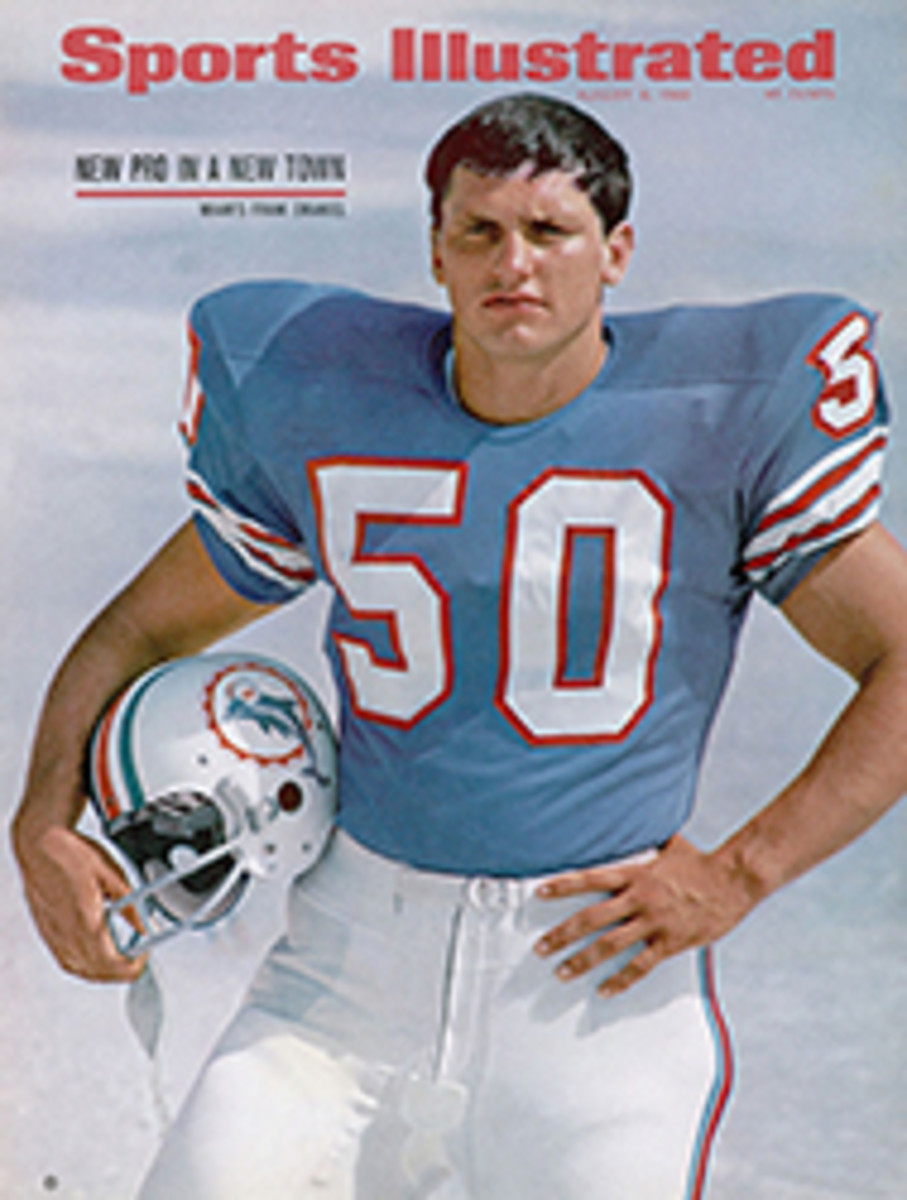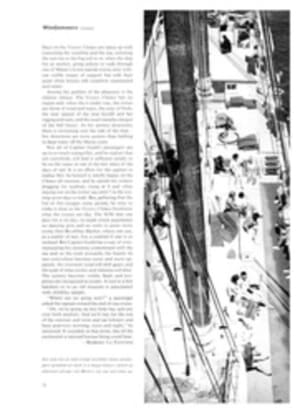
Mr. Baker builds his blue-ribbon dream course
No matter how glamorous the thing may appear—with fancy poles and piles of flowers banked around the fences—a horse show course can go only so far. It can look good, but it cannot fool 1) the horses and 2) the people—which pretty much takes care of everybody concerned. The true test of a course is in the jumping—that is, in how well the horses handle it. And two such tests in the Midwest recently have excited enough people to stir up a new career for one earnest young designer.
First of the events, the Oak Brook near Hinsdale, Ill., was the crucial show for Professional Horseman Jerry Baker. More than 10,000 fans turned out for the event on a sizzling summer day, and everyone knows how quickly hot fans can become hot critics when displeased. The large crowd was attracted by the money involved ($1,200 for first place, more than in most stake classes); a large field of 30 horses; and innovations not usually found at American shows either indoors or out. Most important of these was Baker's course, the first European-type Grand Prix seen in the Chicago area since the Pan American Games in 1959.
Baker's dream course wound around smartly for a distance of 1,090 yards, and it was punctuated by 19 fences of various types. Any horse who finished, Baker had indicated, would thumping well know he had been somewhere.
The obstacles were large and solid-looking, and well filled in with flowers and shrubs, a fine touch that many shows cannot afford. And the fences—or combinations of fences—were as varied as the flowers. The oxer, hogs back and triple bar were fairly traditional. But the wall of birch rails, the Liverpool and water jumps are not obstacles often encountered in the U.S. All this, Baker figured, would provide a dandy test.
He figured correctly. Some of the horses got one quick look at all that open space and promptly ran off. The water jump—smallish, 10 feet wide—caused the fall and elimination of one horse and added faults to the scores of many others. There were, as promised, variety and excitement.
Baker got the idea for the layout while riding in Europe with the U.S. Army Military Police Team. His introduction to Continental horse shows turned him into a crusader for better courses in the U.S. "After all," he said, "show people seem to license everybody but the course designer. The judges and the stewards have to be recognized—but the shows will let anybody set up a course."
Baker's first big chance to set up a course finally came last year in Cleveland. He raised $7,000 for walking-around money and built his course from scratch. He also got all sorts of advice and criticism from the sidelines. "People won't lay their head on the line," said Baker, "but they can be pretty vocal when someone else has."
Then, the day before the show, the tail of a tornado hit the grounds and blew down the entire course, scattering the nearly $1,000 worth of flowers and shrubs used to decorate the fences. "I started looking for a gun to kill myself," said Baker, "but instead I went back to work." By 3 the next morning the fences were mended, and the event drew so many spectators that—despite the high cost of staging it—the show came out of the red. For Baker, it got the annual jumper course designer's award presented by the American Horse Shows Association.
When Oak Brook invited him to design the Grand Prix course, Baker knew what possible disasters could be in store. But he went to work again.
And then, his work done, Baker stood fidgeting as horse after horse had rails down or refusals. A third of the class had gone before Norma Gerstenfeld turned in a clean round on Marno. Then Barney Ward did the same on A.B.S. Farms' green jumper, Sandspring, followed by Canadian Team Member Moffat Dunlop on Grand Nouvell.
The final clean horse was Ward Acres Farm's High Frontier, a former hunter with no great reputation as a jumper. But with Dave Kelley aboard, an average kind of a horse suddenly became a strong contender.
On the first jump-off, Marno got into the water jump, refused the wall and then knocked it down. Sandspring nudged a block off the wall for four faults, and Grand Nouvell pulled down a pole for four. Then came High Frontier, rattling several fences—but bringing down none. The last fence, the wall, would have made him a winner. But he caught a block, and the three horses were tied again.
On the second jump-off Sandspring had a pole down but cleared the more formidable obstacles until he reached the wall. There he tried to refuse, slipped and fell. That eliminated him. Grand Nouvell had two knockdowns, and acted at one point as if he were going to run home to Canada. Then came Kelley and High Frontier. Once again the wall was too high, and the blocks tumbled, but High Frontier won with fewer faults.
While Kelley was accepting the applause, the money, gold cup, blanket of red roses and the winner's cooler, Baker had already begun to look for new courses to conquer. So much for the Oak Brook; it was a dandy and the show was a hit. For an encore he did it again.
The Cleveland Grand Prix, on a new Baker-designed course, came off in a rainstorm that was almost a rerun of Baker's earlier trial. Yet, despite the wet footing, eight horses of 43 starters tackled the course and came off cleanly. Eventual winner, after a second jump-off, was Florida's Carlene Blunt riding Silver Lining. Considering Baker's burgeoning success with show courses, it was an ideal name.

